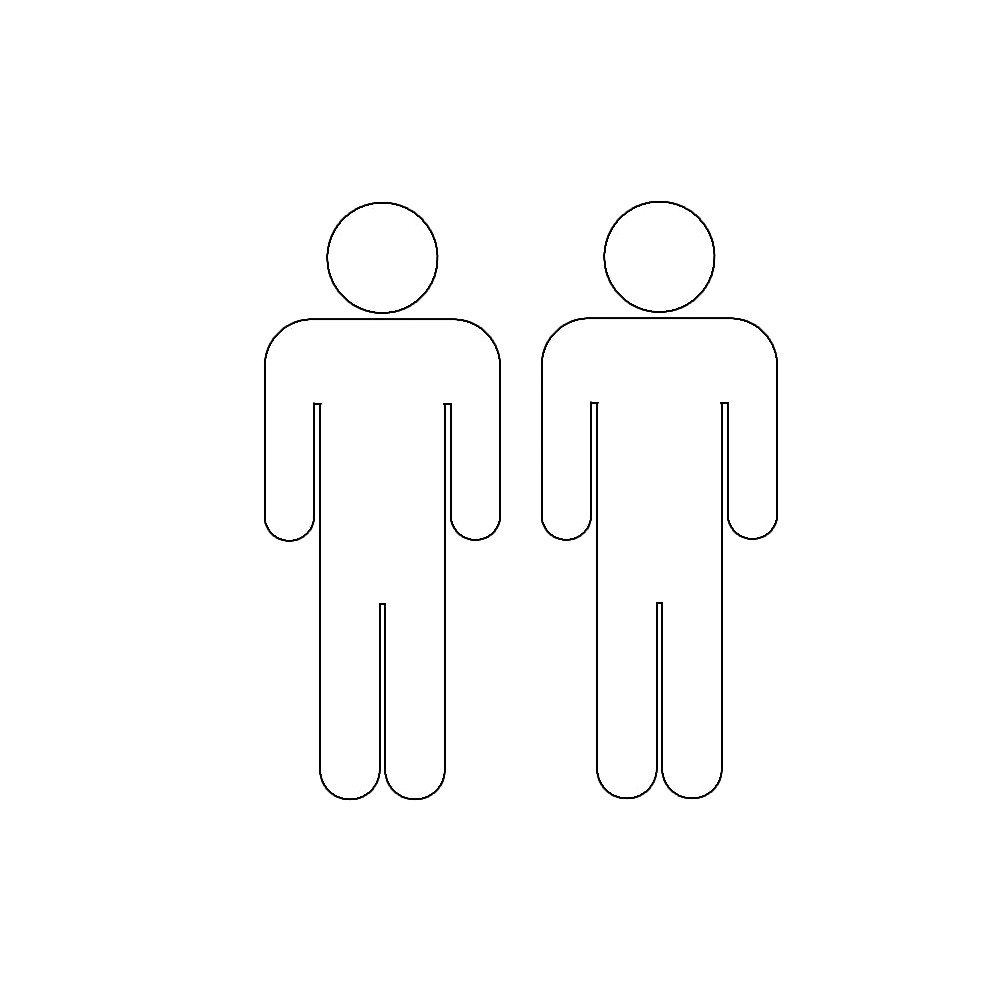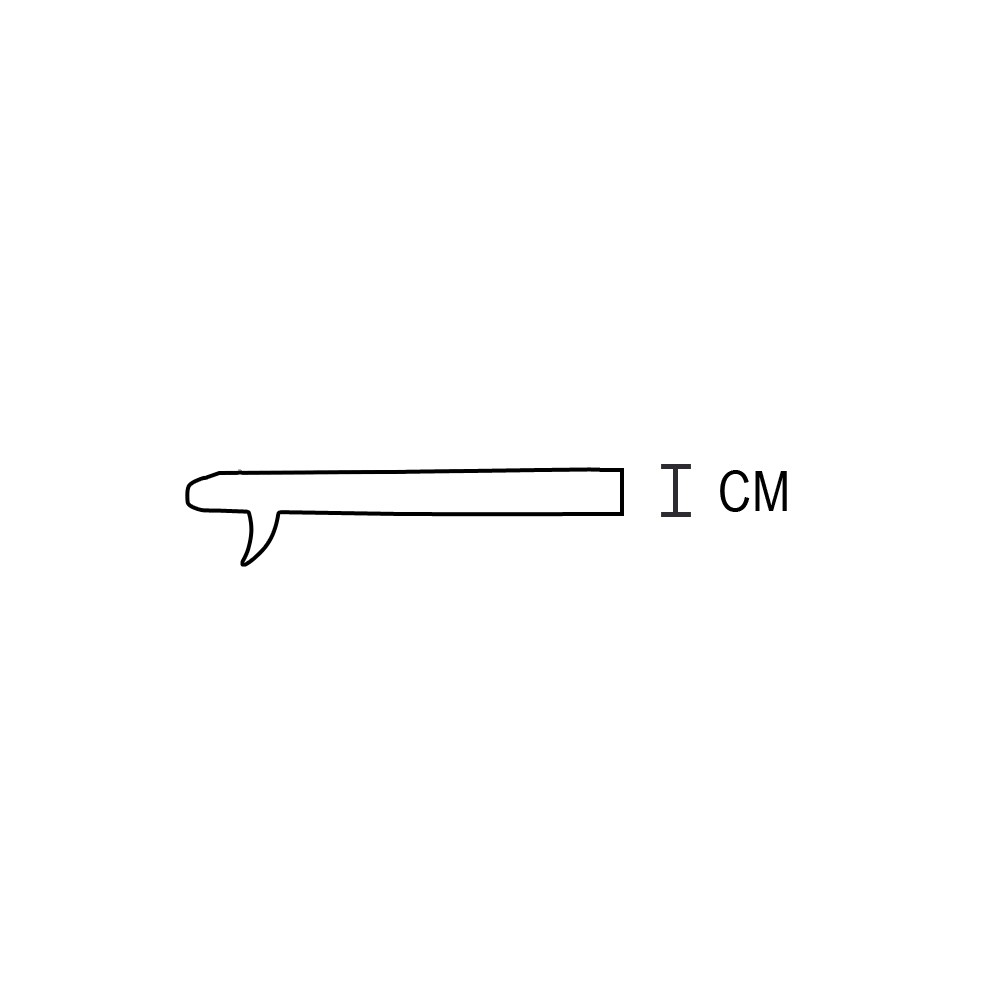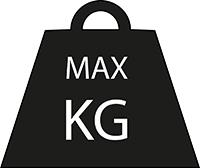Worth knowing about Hard SUPs
Riders Level:
Riders level is your current level within the sport. It is super important to pick a hard SUP board that is for your level. There’s a hard SUP for everyone, but some boards are designed to be used by more experienced riders, whereas others are more versatile and useful for multiple of rider levels. Your general experience riding a hard will improve with a board that better suit your skill level.We’ve chosen to categorize it into 3 overall levels for simplicity’s sake.
First, we have the Beginner, who may be trying a SUP for the first time or still has much to learn in how to properly stand and drift forward on a SUP board. A beginner will also typically have more questions about which board they want and for what which riding type of hard SUP is best.
Secondly, we have the Intermediate rider, who’s been riding for some time (perhaps a few years whenever time allowed it), but still may have questions to ask about proper steering or improved control of the hard SUP.
Finally, we have the professional. The pro SUP rider knows what he/she wants to perform their best on the water. They have gained a great flow and control of the SUP through years of practice, and there’s necessary not many areas within the sport they aren’t familiarized with anymore
Flat water:
Flat water or water without ripples can be experienced on lakes or in rivers. It is ideal to sail on flat waters with your hard SUP if what you want to enjoy a pure bliss and some relaxed riding.Waves 0-50 cm:
Waves 0-50 cm may be flat but will quite possibly have ripples or minor waves / foam waves near the crackles or by the beach. These small waves are optimal for those who wants to try SUP surfing and enjoy many hours of fun doing so.Waves 50-200 cm:
These larger types of waves are more common in some countries than others. In Denmark, you’ll often only be able to experience waves of this measure on the West Coast in Jutland on the open sea. However, these types of waves are mostly for the professional surfers, who know what they can and can’t do, and who also know what they want and need surfing on water with a hard SUP. Very few surfers need to focus on buying a hard SUP for these kinds of waves.2-persons:
2 persons indicates whether a hard SUP is suited for 2 people, or how well it handles 2 people. What usually matters here is to not exceed the recommended load limit.2-person hard SUPs are smart for parents looking to include their child in their SUP adventures or dog owners, who’d love to have their dog on board with them.
SUP Tracking:
SUP Tracking is how straight your hard SUP moves on water. Race and Touring boards are often better and faster at gliding in a more even manner than hard SUPs designed for Fitness or All-round. Lightweight riders will typically not have issues with tracking on their SUPs, but heavyweight riders might. However, they can solve this problem by replacing the center fin with a rudded fin or add two side fins.Race:
The Race type of SUP surfing has more momentum and stability. This is reason for why this type of SUP surfing generally is for the ones, who likes to get around quick and without much paddling effort. Another sort of similar type is Touring, which is all about getting from A to B and exploring the shores, a hard SUP made for this purpose are very directionally stable and like the Race SUPs, excellent for gaining momentum without much paddling effort.Stability:
Stability in paddleboarding is how stable a SUP board feels and thus how much balance is required to ride it. Wider and longer hard SUPs are more stable because they offer a larger surface area. The width of the SUP offsets the length because we as riders have more trouble balancing the board from side to side than front to back. Beginners should aim for a more stability which is find in the larger boards with more volume.Maneuverability:
Maneuverability is in short how easy it will be for you to turn and change direction with your board. Longer boards will be less maneuverable but more stable and better for straight lines. Wider boards are likewise tougher to turn due to more water resistance. Riders who like to hit the waves should look for a board with great maneuverability so that it will be easier to get ready for a new wave and handle the board on the wave.Stiffness:
All hard SUPs are of cause hard and very stiff. They do not bend over any of their axis like Inflatable SUPs. This is a huge advantage over Inflatables and might be why you would choose a hard SUP over an inflatable. The performance is much greater and all movements of your board is predictable.Length:
The length of a board has great influence on the volume, stability and maneuverability. In general, longer boards is more stable and hold directions better. The shorter boards are easier to turn and they change direction more rapidly because they create less resistance. However, do not pay to much attention to the length of the board as shape and volume is much more important to fit your needs and style.Width:
Width is measured from rail to rail on the widest point of the board. Wider boards provide more surface area and flotation which converts into stability. More narrow boards create less resistance, thus making them faster and more responsive. Allround SUP boards are always wide, so don’t pay to much attention to this spec when picking allround SUPs. Board for tracking and racing are always narrow so that water resistance is decreased for more speed when gliding. The width of wave SUPs can differ. The wide wave SUP helps stability and is more forgiving. Perfect choice for beginners. The narrow wave SUP is easier to get from rail to tail and good for quick turns.Thickness:
The thickness of your board has direct influence on the volume. For a board that you are cruising or riding in a straight line, it is more important to pick from the volume that fits you. If you are looking to surf your board the thickness has a whole new and important role. The thicker board is great for beginners and intermediates. It will paddle faster and catch waves more easily. You wont sink on the flat parts of the wave and the overall ride is softer. The thick board is more forgiving for less experienced riders. On a thinner board it is easier to “dig” the rails into the water, because you are floating less. You’ll be able to lean on the rails and do more powerful bottom turns and carving. The cost of a board that is to thin for you will decrease your performance and limit maneuverability even for advanced surfers.Volume:
This might be one of the most important things to have right and fit your needs. The volume is measured from the dimensions and the shape of the board. Consider the following three factors: Your surfing level, your weight and the typical surf condition you surf (if any). Extra volume does not hurt beginners and intermediates, especially not if you are not riding waves. A board with more volume gives more stability but is often heavier. A skilled surfer would prefer a board with less volume on the wave because he would like to float less and get to dig the rails in that way. Heavier surfers need more volume whereas lighter surfers need less volume. If you are riding or planning to ride waves on your SUP board, you can follow the simple guidelines here. Small and weaker waves need more board volume; for good, powerful and steep waves less board volume will be suitable and last very big waves need more volume.Weight:
The total weight to the product. It differs for size and construction. Don’t let the weight prevent you for picking a SUP unless you cannot carry it.Deck Pad:
Is the SUP equipped with a deck pad? Deck pad is the padding of the platform. It helps your traction on the platform and makes it comfortable to stand on. Some boards is does not have a deck pad and surf wax will be a good idea to apply for traction.Construction:
The construction of SUP boards can vary a lot. Common to all modern SUPs is a Core of EPS Foam. It is basically the foam that make the board float. The construction differs when it some to what layers the core is wrapped around and in which order they are applied. Pay attention to the exact description from the manufacturer. Layers of wood veneer can be added to improve strength. Bamboo is as strong as steel but still very light. Layers of either fiberglass or carbon is often added as well to add strength and make a nice outline. Carbon is a bit stronger than fiberglass and a thinner layer can be added to achieve the same strength. Unfortunately, it is pretty expensive. All these layers are sandwiched together and hold together by a very strong plastic like glue called epoxy.Nose Shape:
The shape of the nose or the front of the board has an influence on the entry to the water. A pointed nose will cut though the water and create very little resistance. A round nose has more surface area and will make the nose plane more easily. It will catch waves better and add volume to the front of the board.Rail Shape:
Rails or the edge of the board determinates how well the board "hold on" to the water - especially when riding waves the shape of the rail is important. A board that is mainly used to cruise and ride in a straight line often has a symmetrical round and mid rail. This makes the board forgiven because it does not grip the water too hard. It will be easier to learn how to ride waves. A rail (edge) that is thin and/or hard grips the water in a much more aggressive way and allows the board to take narrow turns and it will be more precisely on a wave. The board is more responsive and can be ridden on larger waves. On the other hand, there is less room for error because the edge easily grips too much and can throw you off course. The closer you get to a thin and hard edge, the lighter you have to be on toe to steer the board on the wave.Bottom Shape:
The bottom contour of a board is usually different from tail to nose. We are often talking about the bottom contour in the nose, the middle section and the trail. Please draw some attention to the manufacturer-description of the contour throughout the whole board. A flat bottom provides speed and plans more easily. It has no wave surfing performance benefits as it is harder to turn and will tend to slide out. A concave or double concave bottom is channeling the waterflow under the board. It provides speed and directional control as well as lift and acceleration. When surfing it helps digging in the rails. Less good in choopy conditions. A convex bottom is referred to as a VEE or Belly, provides a smoother ride and better control. It will make the board more directional somehow cut more through the water. But a slow bottom shape for wave SUPs.Tail Shape:
The tail of the board is where the fins are, and the place where water will leave the board last. The shape of the tail can have performance advantages. Pin tail provides most traction and control. It can provide so much traction that it limits the maneuverability when you are surfing waves. Round tail is common to see on allround SUPs because it has plenty of traction but is looser than the pintail. It has good maneuverability but cannot do sharp turn on the wave. Square tails are the most versatile shape because it is very responsive, great for turns and keeps the speed. It has less traction than the pin tail and round tail. Fish tail add extra control - think it as double pin tails. The traction is great, but the speed is less than square tails. This is a bit of a trickster! .Fin System:
There is a lot of fin systems out there. Fin system basically means where the fins are located and how many fins are attached. You use your fins to hold direction and to turn the board.- - Single fin is just one fin, often a larger fin, located in the back of tracking/touring/racing board. It provides good speed as fewer fins creates less drag.
- - Double fin systems are rare and only have the two side fins - no center fin. It will be very loose and is only good for small choppy waves
- - 2+1 fin system is the most common. It has 2 side fins and a bigger center fin. It provides very high maneuverability and stability. It is slower than the other systems.
- - The thruster is the same as 2+1 with the only twist that the 3 fins are the same size. This is perfect for wave surfing and has the same strengths and weaknesses as the 2+1 setup.
- - Quad fins are faster than thruster and it is also used on wave SUPs. This system can feel a bit looser than the thruster because it lags the center fin. ,






















